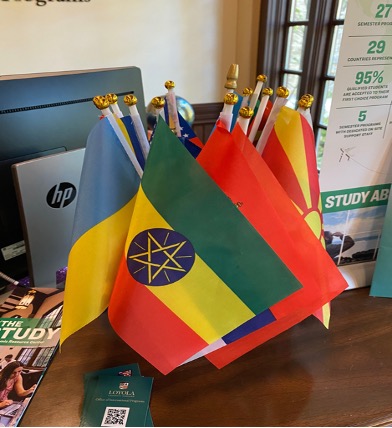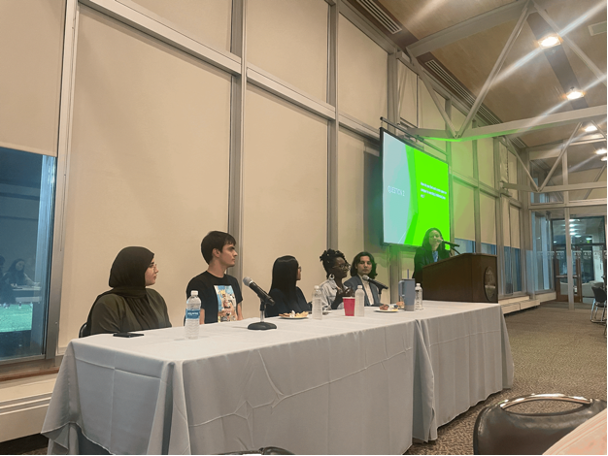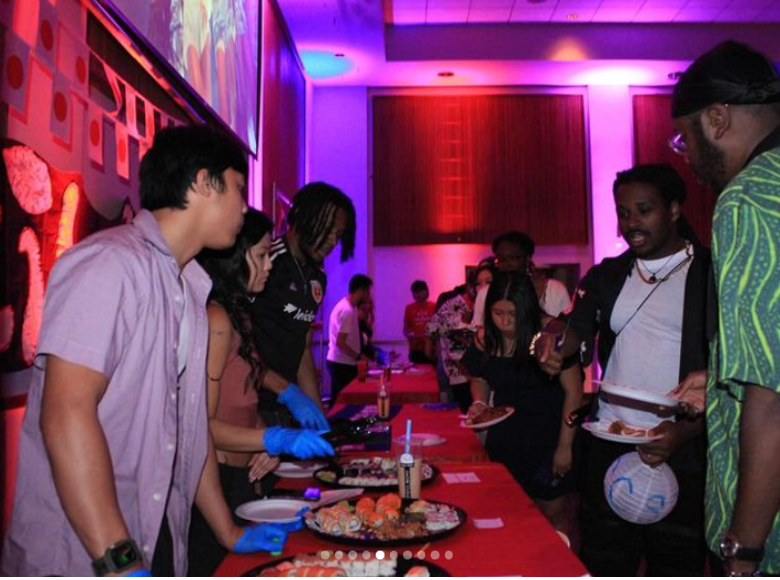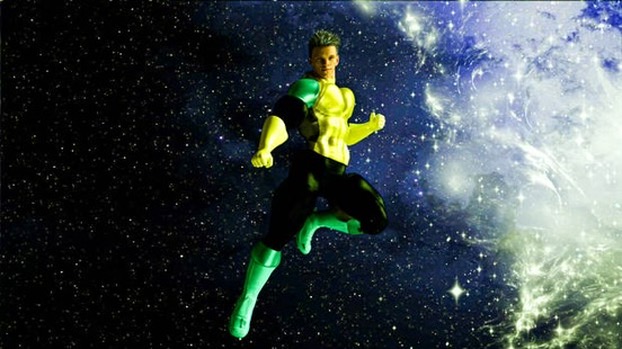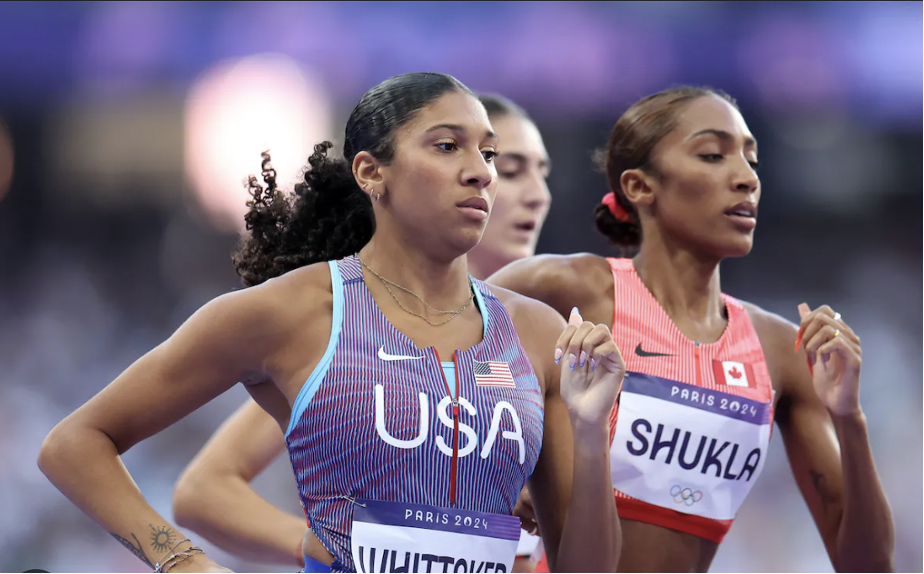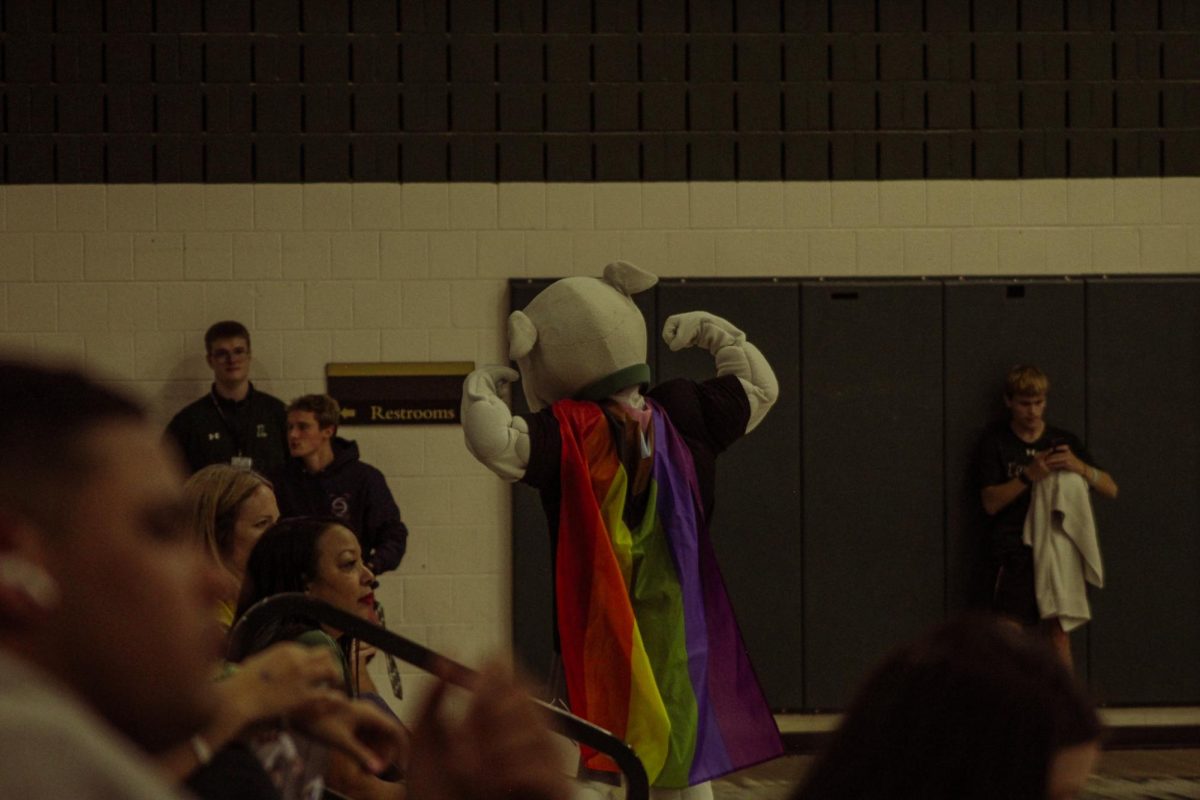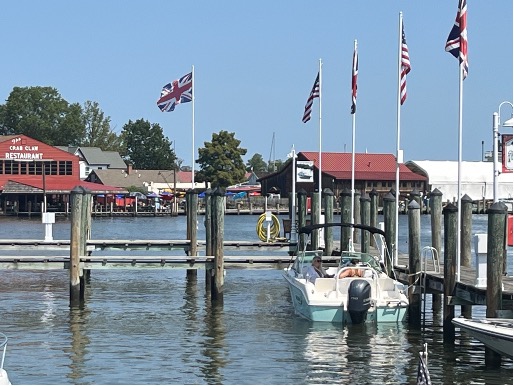The Muse is a creative publication that aims to share the interests, talents, and research of students on campus. The following represents the opinion of the student writer and does not represent the views of Loyola University Maryland, the Greyhound, or Loyola University’s Department of Communication.
October 21st, 2021. “Dune” (labeled “Dune: Part One” on the title screen), has been released to acclaim from critics and casual audiences alike. A high-budget, star-studded adaptation of Frank Herbert’s science-fiction classic, it brought new life into the “Dune” fandom – introducing many people into the world of Arrakis, of Caladan, of Geidi Prime, of hidden plots and hidden groups, and of sandworms and spice. Including me.
After seeing a trailer for the movie, something clicked in my head. Somehow, I had to see the movie. Unfortunately, I was unable to see it in theaters when it was released – so my dive into the franchise started a bit later. But in January 2022, I decided that enough was enough. I would consume “Dune” – the books, the adaptations, all of it. I became a true spice addict! And with each version of Frank Herbert’s story, I found new things to appreciate and disapprove of. But which is best? Let’s find out.
I consumed Dune first through the 2021 movie, then the 1984 movie, then the 2000 miniseries, then the 1965 book. As such, my opinions were formed based on prior adaptations I had seen – or hadn’t seen – previously. Tardekovsky’s canceled adaptation and the 2001 game are not included.
“Dune” (1965)
By Frank Herbert, Originally Published in Analog Magazine
The focal point. The original novel. How can I even describe it? “Dune” has done so much for the science fiction genre, and for storytelling as it is. Even George Lucas took some inspiration from “Dune” when crafting “Star Wars” (The Voice is literally The Jedi Mind Trick).
The characters and world are fully fleshed out – with people like Paul Atreides and Lady Jessica being standouts. The themes, too – the nature of the hero, religion, prophecy, hope, enslavement, and resource management – bring so much depth to the tale. In fact, this book has so much to offer; one could read it 100 times and get more out of it with each reread. With every other version, everything they do well is connected back to this book – and how they supplement Frank’s material.
Although, this book does have some faults. Baron Harkonnen, though a great villain, serves as an offensive homosexual representation. The female characters besides Lady Jessica (Chani, Irulan, Harah), are underdeveloped. Truly, Frank Herbert was not a paradigm of virtue and is a man of his time. The language, while unique, also does not hold any punches – it can be hard to get through even a chapter if you’re not prepared. In this case, assuming you want to stick solely to the book, I recommend reading the appendix in its entirety before starting. It does a good job of explaining things.
“Dune” (1984)
Written and Directed by David Lynch, Produced by Raffaella De Laurentis, Distributed by Universal Pictures, Starring Kyle MacLachlan, Francesca Annis, Sean Young, Patrick Stewart, Sting, etc.
This movie has a bad reputation with critics and fans – but strangely enough, it has gained more appreciation over the years for what it does well. And it does a lot well! Well, a little. The music, composed by rock group TOTO, is instantly recognizable and iconic in its own right. Each piece fits each scene and adds depth to the characters and action. The costumes are also incredible – each culture has distinct looks, which help audiences easily distinguish between characters and where their allegiances lie. The stillsuits particularly deserve a mention – Tim Burton even used them as inspiration/a base for the batsuit in “Batman”!
Unfortunately, everything else. Lynch’s 4-hour epic was forced to be cut down in big chunks, leaving the 2-hour and 17-minute film stuck adapting 600+ pages of material. The result is undeveloped characters, some wonky, wonky pacing, and so much rushing. The result of all of these factors is a movie that may look good but doesn’t feel good. It’s “Dune”…but not. Although, even the effects are not the best – but they do have charm. My mind goes to the Guild Navigator – though his enormous size and off-putting design are interesting, the way it moves during the transportation scene screams “dated.”
While I don’t blame anyone on the cast or crew (all do fantastic jobs) – David Lynch’s “Dune” truly is a prime example of studios ruining what could have been a better film. Though there is some greatness here, buried beneath the sand. I recommend reading Max Evry’s “An Oral History: David Lynch’s Dune” for more context on the stressful production, editing, and interesting legacy of this film. Happy 40th anniversary!
“Frank Herbert’s Dune” (2000)
Written and Directed by John Harrison, Produced and Distributed by Sci-Fi Channel, Starring Alec Newman, Barbora Kodetova, Saskia Reeves, William Hurt, Ian McNiece, etc.
This visual adaptation stands out from the others. As a miniseries, “Frank Herbert’s Dune” is able to spend more time fleshing out scenes and characters, which helps the world feel like it is truly a world. The dinner party scene from the book (which helps flesh out the political side of the universe and raises tensions) is included in this adaptation! Paul and Chani get more time to interact. Irulan gets more to do! Harrison did the impossible and translated all that the book says into a visual format.
Although, there is a downside here. With so much directly translated, the film can feel overwhelmed by its own lore – and the pacing suffers. What may work in a book does not always work in a film or TV show.
Additionally, being a miniseries from the early 2000s does leave the series with more weaknesses. For one, the budget of the series is $20 million – which is far less than either of the films. Moreover, the effects are very dated, which can be seen plainly whenever sandworms are on the screen or when the characters are in the desert. For the latter especially, it’s almost as if the characters are walking through the same patches of sand over and over, with blue screens filling in the rest of the frame. Oh, wait – that’s exactly what they did. Alongside the laughably bad costumes and variable acting, this adaptation scores, and misses all at the same time.
But it is the only adaptation of Frank Herbert’s novel that is actually complete – not butchered or cut in half. That’s something!
“Dune” (2021)
Directed by Denis Villeneuve, Written by Denis Villeneuve, Jon Spaihts, Eric Roth, Distributed by Warner Bros. Pictures, Starring Timothee Chalamet, Rebecca Ferguson, Oscar Isaac, Josh Brolin, Stellan Skarsgard, etc.
The most recent version, and the most well-known. But does it hold up? Yes – by combining the strengths of Lynch and Harrison together. For one, the sound and costuming are amazing, giving the film the same strengths as Lynch’s. I think especially of the Gom Jabbar scene and Leto’s death scene, and how the sound really makes these moments pop. In terms of how it adapts the material, it stays true to the themes and story, while adapting to film and a general audience. Paul, Duncan, and Leto all get more moments to bond with each other. Plotlines like the traitor in the keep (excellent but not necessary), are cut. While some of these cuts (like the dinner party) are a bit disappointing, it’s hard to complain when so much is well done. The casting? Perfect. Timothee Chalamet is Paul – from the way he stoically delivers himself, to his more vulnerable moments. With all of these aspects in mind, I find this film to be an ideal way to jump into the franchise – it’s how I did, and how I was able to get through the book!
I only have two complaints. For one, the city of Arrakeen (where the Atriedes settle on Arrakis) is devoid of life outside of the main building. I can take the dinner scene being cut, but the city and its people add a lot to the themes and identity of the story. The second is – I want more! While it was wise to split “Dune” into two movies, this film as it stands now leaves a lot to be desired. At least with Lynch, there is a conclusion. Though by the time you’re reading this article, this complaint will likely be irrelevant.
In the end, which version of the story is the best? The answer is – it’s all up to you! A cop out? Sure. I certainly have my own opinions. Though the power of “Dune” is in the discourse – each discussion and debate fuels the fire that is the series’ ability to stay relevant throughout the decades. And with “Dune: Part Two” a mere glance away, I look forward to hearing and having more conversations about each version in the future!


